Nickname(s) Bestevaer Name Maarten Tromp Years of service 1607–1653 | Children Cornelis Tromp | |
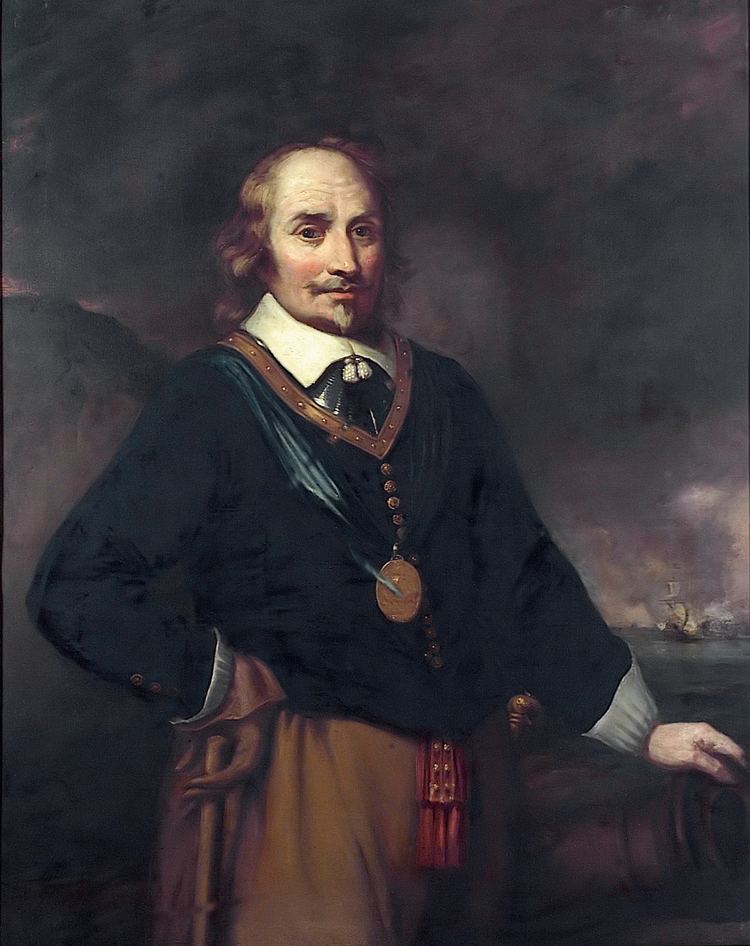 | ||
Birth name Maarten Harpertszoon Tromp Battles/wars Eighty Years' WarBattle of GibraltarAction of 18 February 1639Action of 18 September 1639Battle of the DownsFirst Anglo-Dutch WarBattle of Goodwin SandsBattle of PlymouthBattle of DungenessBattle of PortlandBattle of the GabbardBattle of Scheveningen † Died August 10, 1653, Scheveningen, Netherlands Place of burial Oude Kerk, Delft, Netherlands Similar People Cornelis Tromp, Michiel de Ruyter, Piet Pieterszoon Hein, Witte Corneliszoon de With, Robert Blake | ||
Canonclip maarten tromp
Maarten Harpertszoon Tromp (23 April 1598 – 10 August 1653) was an officer and later admiral in the Dutch navy. His first name is also spelled Maerten.
Contents
- Canonclip maarten tromp
- 2011 11 18 21 22 09 maarten tromp
- Early life
- Supreme commander of the confederate fleet
- Legends
- References
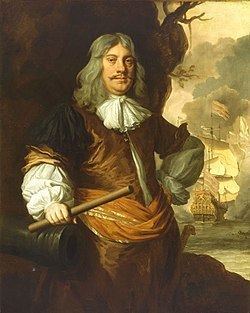
2011 11 18 21 22 09 maarten tromp
Early life
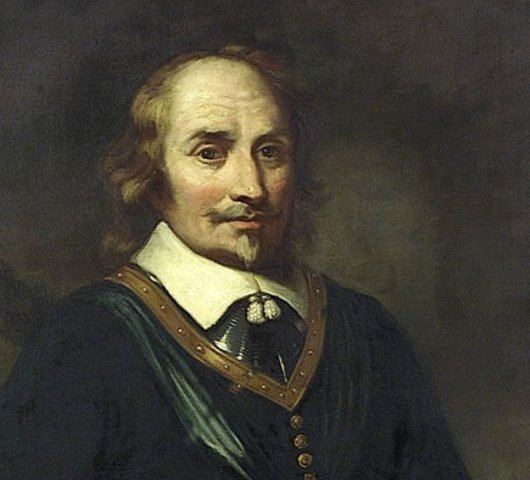
Born in Brill, Tromp was the oldest son of Harpert Maertensz, a naval officer and captain of the frigate Olifantstromp ("Elephant Trunk"). The surname Tromp probably derives from the name of the ship; it first appeared in documents in 1607. His mother supplemented the family's income as a washerwoman. At the age of nine, Tromp went to sea with his father, and he was present in a squadron covering the Dutch main fleet fighting the Battle of Gibraltar in 1607.
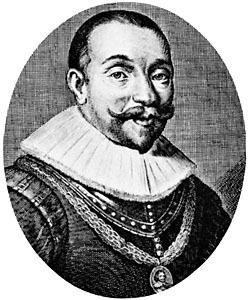
In 1610, after his father's discharge because of a navy reorganization, the Tromps were on their way to Guinea on their merchantman when they were attacked by a squadron of seven ships under command of the English pirate Peter Easton. During the fight, Tromp's father was slain by a cannonball. According to legend, the 12-year-old boy rallied the crew of the ship with the cry "Won't you avenge my father's death?" The pirates seized him and sold him on the slave market of Salé. Two years later, Easton was moved by pity and ordered his redemption.
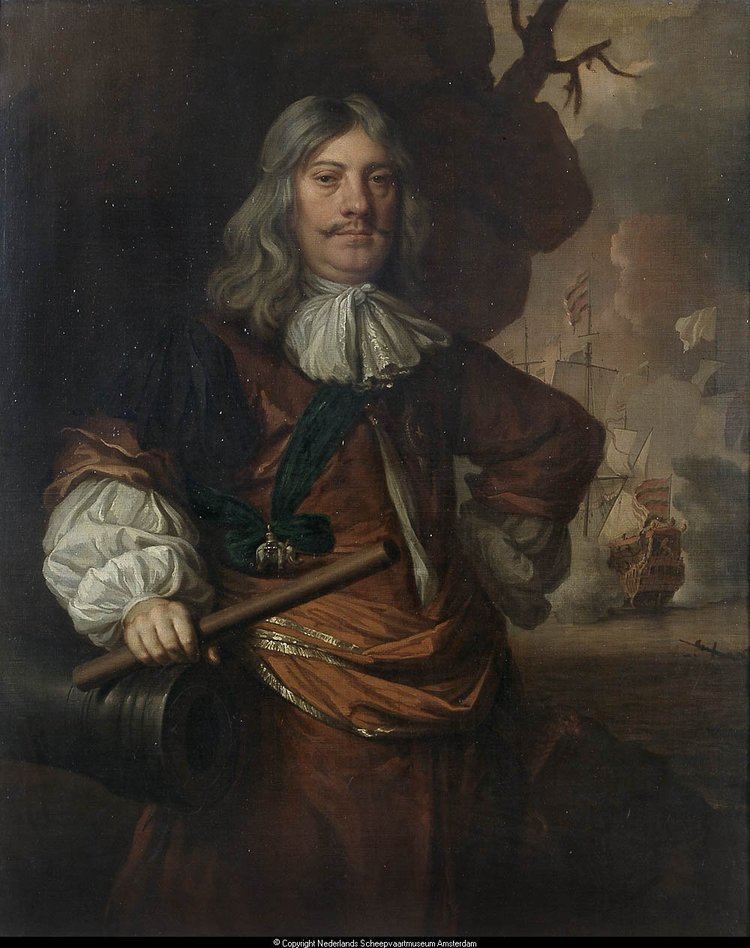
Set free, he supported his mother and three sisters by working in a Rotterdam shipyard. Tromp went to sea again at 19, briefly working for the navy, but he was captured again in 1621 after having rejoined the merchant fleet, this time by Barbary corsairs off Tunis. He was kept as a slave until the age of 24 and by then had so impressed the Bey of Tunis and the corsair John Ward with his skills in gunnery and navigation that the latter offered him a position in his fleet. When Tromp refused, the Bey was even more impressed by this show of character and allowed him to leave as a free man.
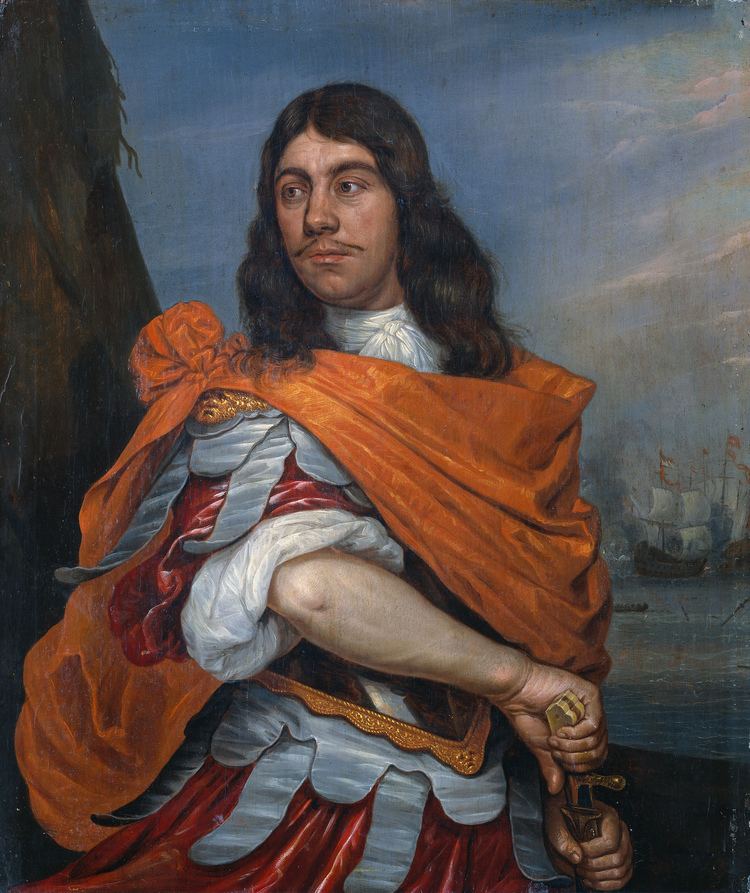
He joined the Dutch navy as a lieutenant in July 1622, entering service with the Admiralty of the Maze based in Rotterdam. On 7 May 1624, he married Dignom Cornelisdochter de Haes, the daughter of a merchant; in the same year he became captain of the St. Antonius, an advice yacht (fast-sailing messenger ship). His first distinction was as Lieutenant-Admiral Piet Hein's flag captain on the Vliegende Groene Draeck during the fight with Ostend privateers in 1629 in which Hein was killed.
In 1629 and 1630, the year that he was appointed full captain on initiative of stadtholder Frederick Henry himself, Tromp was very successful in fighting the Dunkirkers as a squadron commander, functioning as a commandeur on the Vliegende Groene Draeck. Despite receiving four honorary golden chains, he was not promoted further. The Vliegende Groene Draeck foundered and new heavy vessels were reserved for the flag officers while Tromp was relegated to the old Prins Hendrik.
In 1633 Tromp lead the Dutch fleet that sailed to meet the Spanish fleet under Antonio de Oquendo. They met near Dunkirk, but the meeting was actually a trap. England and France, who were ostensibly allies of the Dutch, had joined Spain in a secret alliance. Oquendo deliberately aimed to hit the sails and rigging of the Dutch ships, while the English and French ships that accompanied Tromp attacked his ships from the rear once they were engaged with the Spanish. A handful of Dutch ships, including Tromp, were able to escape, and Tromp led them to the South American port of Recife, which was then held by the Dutch West India Company.
Realizing that Recife had become untenable, he eventually persuaded the colonists to abandon it and evacuate to Saint Eustatia. This evacuation was completed by September of 1634.
In 1634, Tromp's first wife died, and he left the naval service in 1634 in disappointment. He became a deacon and married Alijth Jacobsdochter Arckenboudt, the daughter of Brill's wealthy schepen and tax collector, on 12 September 1634.
Supreme commander of the confederate fleet
Tromp was promoted from captain to Lieutenant-Admiral of Holland and West Frisia in 1637, when Lieutenant-Admiral Philips van Dorp and other flag officers were removed due to incompetence. Although formally ranking under the Admiral-General Frederick Henry of Orange, he was the de facto supreme commander of the Dutch fleet, as the stadtholders never fought at sea. Tromp was mostly occupied with blockading the privateer port of Dunkirk.
In 1639, during the Dutch struggle for independence from Spain, Tromp defeated a large Spanish fleet bound for Flanders at the Battle of the Downs, marking the end of Spanish naval power. In a preliminary battle, the Action of 18 September 1639, Tromp was the first fleet commander known for the deliberate use of line of battle tactics. His flagship in this period was the Aemilia.
In the First Anglo-Dutch War of 1652 to 1653, Tromp commanded the Dutch fleet in the battles of Dover, Dungeness, Portland, the Gabbard and Scheveningen. In the latter, he was killed by a sharpshooter in the rigging of William Penn's ship. His acting flag captain, Egbert Bartholomeusz Kortenaer, on the Brederode kept up fleet morale by not lowering Tromp's standard, pretending Tromp was still alive.
Tromp's death was a severe blow to the Dutch navy but also to the Orangists, who sought the defeat of the Commonwealth of England and the restoration of the Stuart monarchy. Republican influence strengthened after Scheveningen, which led to peace negotiations with the Commonwealth, culminating in the Treaty of Westminster.
During his career, his main rival was Vice-Admiral Witte de With, who also served the Admiralty of Rotterdam (de Maze) from 1637. De With temporarily replaced him as supreme commander for the Battle of Kentish Knock. Tromp's successor was Lieutenant-Admiral Jacob van Wassenaer Obdam.
Tromp, a "sea hero", was immensely popular with the common people, a sentiment expressed by the greatest of Dutch poets, Joost van den Vondel, in a famous poem describing his marble grave monument in Delft showing the admiral on his moment of death with a burning English fleet on the foreground:
Here rests the hero Tromp, the brave protectorof shipping and free sea, serving free landhis memory alive in artful spectreas if he had just died at his last standHis knell the cries of death, guns' thunderous calla burning Brittany too Great for sea aloneHe's carved himself an image in the hearts of allmore lasting than grave's splendour and its marble stoneCornelis Tromp, the second son of Tromp by his first wife, Dignom Cornelisdochter de Haes, later became Commander of the Dutch navy, in the rank of Lieutenant-Admiral-General, after previously having commanded the Danish navy.
Legends
In traditional British histories, Tromp is often wrongly called "Van Tromp". There is also a story that, after his victory at Dungeness, Tromp attached a broom to his mast as a symbol that he had swept the English from the sea. The following year, the English admiral Robert Blake supposedly attached a whip to his mast as a symbol that he had whipped the Dutch off the sea. The legend inspired a song The Admiral's Broom, famously covered by Australian baritone Peter Dawson. This is now regarded by historians as dubious.
